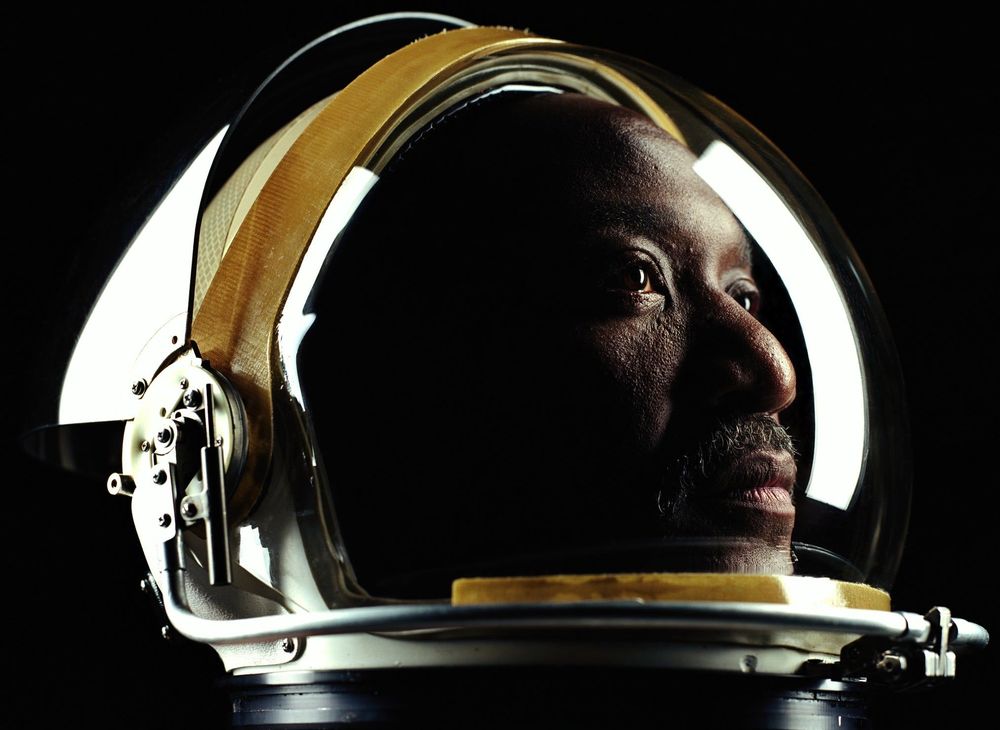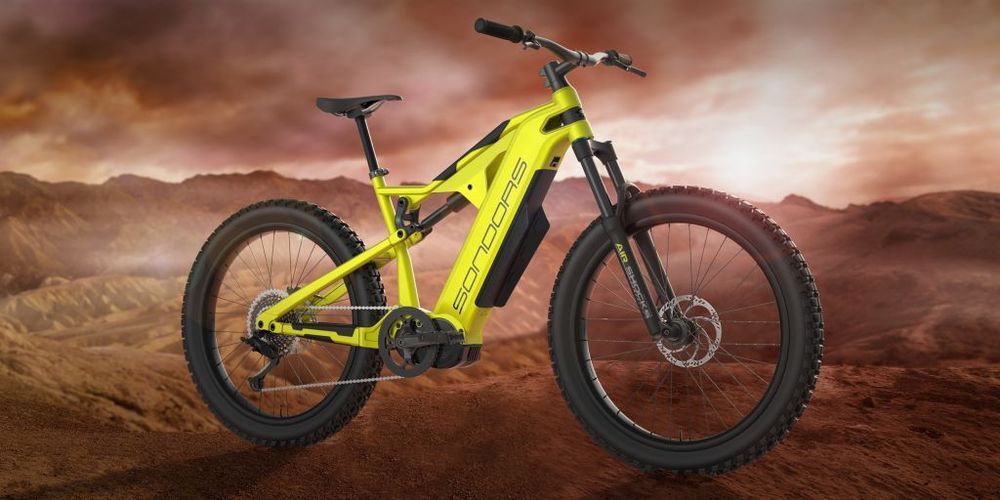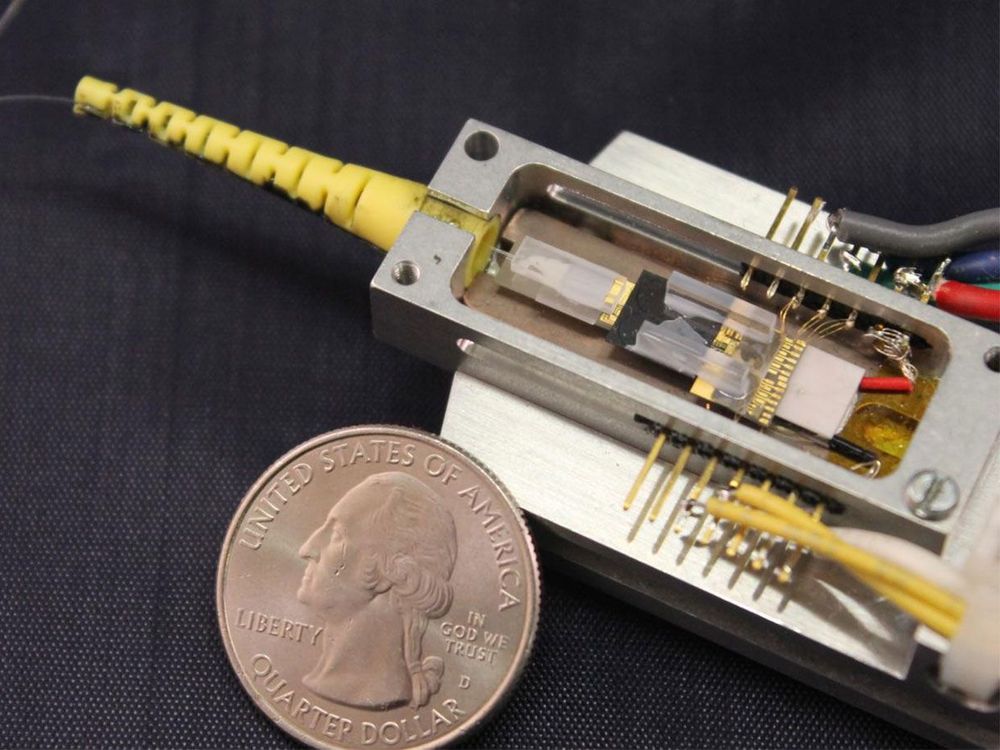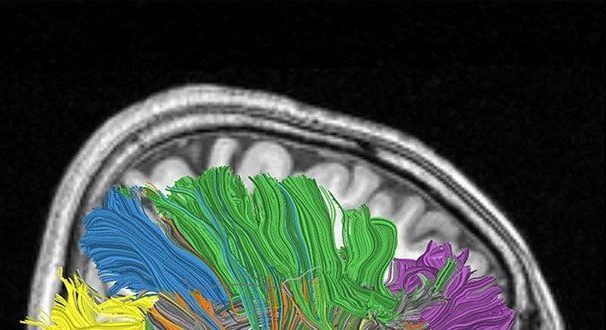Jun 24, 2020
Do You Have What It Takes to Be an Astronaut?
Posted by Genevieve Klien in category: space travel
As of December 4, 2019, 565 people from 41 countries have gone into space. That’s it. 565 out of more than 7 billion of us currently on this planet. And that’s using the definition of space travel to include any flight over 62 miles or about 100 kilometers.
Many of these space travelers are, of course, NASA astronauts. That means they went through a rigorous application and training process. So, what exactly does it take to be an astronaut?
To be considered for the NASA astronaut program is you must be a U.S. citizen. Dual citizenship is okay.

















